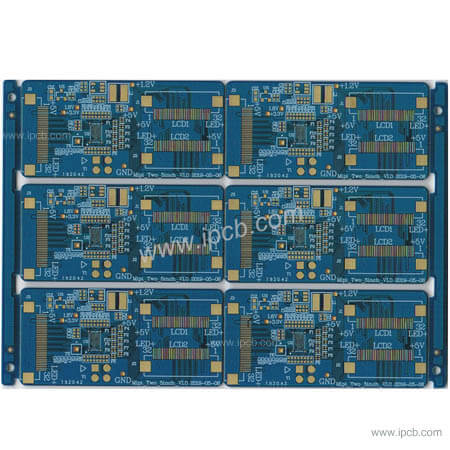In ICT testing, the test probe is mainly used to contact the test points on the PCBA board, which can detect short circuit, open circuit and component welding and other faults. It can quantitatively measure resistance, capacitance, inductance, crystal oscillator and other devices, perform functional test on diodes, transistors, optical couplings, transformers, relays, operational amplifiers, power modules, etc., perform functional tests on small and medium-sized integrated circuits, such as all 74 series, Memory type, common drive type, exchange type and other ICs.
Some methods of ICT testing are;
1. Analog device test
Use operational amplifiers for testing. The concept of "virtual land" from point "A" is:
∵Ix = Iref
∴Rx = Vs/ V0*Rref
Vs and Rref are the excitation signal source and the calculated resistance of the instrument respectively. Measure V0, then Rx can be calculated. If Rx to be measured is capacitance or inductance, then Vs is an AC signal source, and Rx is in impedance form, and C or L can also be obtained.

2. Vector test
For digital IC, Vector (vector) test is used. The vector test is similar to the truth table measurement, in which the input vector is stimulated, the output vector is measured, and the quality of the device is judged through the actual logic function test. Such as: NAND test
For the test of analog IC, the voltage and current can be excited according to the actual function of the IC, and the corresponding output can be measured as a function block test.
3. Non-vector testing
With the development of modern manufacturing technology and the use of very large-scale integrated circuits, it often takes a lot of time to write vector test programs for devices. For example, the 80386 test program takes a skilled programmer nearly half a year. The large number of applications of SMT devices has made the fault phenomenon of device pin open circuit more prominent. To this end, each company's non-vector testing technology, Teradyne launched MultiScan; GenRad introduced Xpress non-vector testing technology.
ICT testing is at the back end of the production process. The first process of PCBA testing can detect problems in the PCBA board production process in time, which helps to improve the process and increase the efficiency of production.